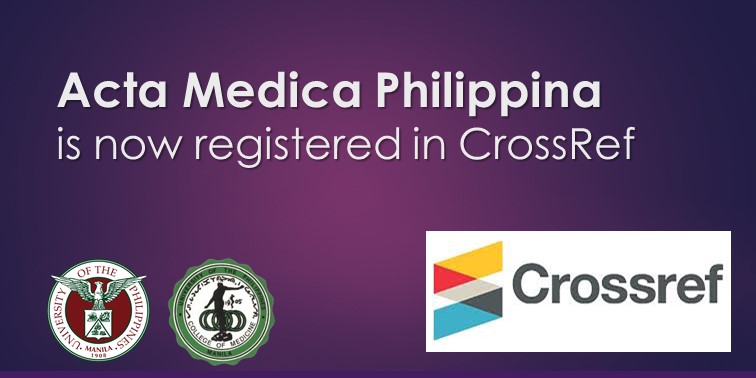Endovascular Thrombectomy at a Government Tertiary Hospital in the Philippines: A Case Series
DOI:
https://doi.org/10.47895/amp.v59i13.11212Keywords:
Ischemic stroke, thrombectomy, time-to-treatment, large-vessel occlusionAbstract
Endovascular thrombectomy (EVT) has revolutionized the management of acute ischemic stroke (AIS) caused by large-vessel occlusion, significantly improving outcomes worldwide. This single-center case series evaluated the early outcomes of EVT in AIS patients treated at this institution, focusing on its implications within a low- or middleincome country setting. The study aimed to assess the feasibility, safety, and efficacy of EVT, analyzing premorbid comorbidities, time to treatment, revascularization rates, procedural complications, and clinical outcomes. Five consecutive cases of AIS due to large-vessel occlusion treated with EVT were analyzed. The patients in this series were aged 21 to 75 years, all with a baseline modified Rankin Scale (mRS) score of 0. The average NIH Stroke Scale (NIHSS) score on admission was 17. Four patients received Alteplase before EVT within four hours of symptom onset. Successful recanalization (TICI 2b-3) was achieved in all cases. Post-thrombectomy, two patients developed re-occlusion, with one resulting in mortality. Among the patients, 40% achieved a favorable outcome, defined as a modified Rankin Scale (mRS) score of 2 at three months. This initial experience demonstrates promising results in achieving successful recanalization and improving clinical outcomes in AIS patients with large-vessel occlusion. However, the study also highlights challenges such as procedural complications and post-thrombectomy re-occlusion, underscoring the need for ongoing evaluation and optimization of patient selection and procedural protocols in lowresource settings. Future studies with larger sample sizes are warranted to further validate these findings and refine EVT protocols tailored to local healthcare contexts.
Downloads
Published
Issue
Section
License
Copyright (c) 2025 Acta Medica Philippina

This work is licensed under a Creative Commons Attribution-NonCommercial-NoDerivatives 4.0 International License.




.jpg)



